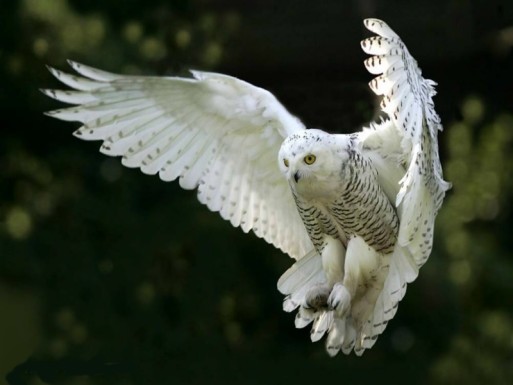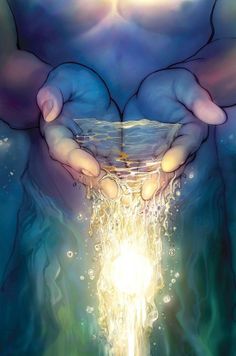Mary Oliver is a contemporary anglophone poet beloved by many for her universally resonant contemplations drawing on metaphors from the natural world. Many of her poems are suffused with humbleness, gratitude, and wonder, placing death at the center of a well-lived life. In her poem “White Owl Flies Into and Out of the Field,”she uses the image of a hunting owl to ponder resistance versus surrender during our own mortality.
Always one to make the singular universal, Oliver welcomes her English-speaking readership — often divided along religious lines — into the fold by describing the owl as “an angel, or a Buddha with wings.”
The first half of the poem is concerned with the image of the hunting owl. Always one to make the singular universal, Oliver welcomes her English-speaking readership — often divided along religious lines — into the fold by describing the owl as “an angel, or a Buddha with wings.” The “grabbing thrust of its feet” is “beautiful, and accurate” as it swoops low to take hold of a mouse, maybe: “what had been running/through the white valleys of the snow.” The relationship of predator and prey is factual and dispassionate, but not out of balance with the natural world, nor without a certain grace. Described as “a little lighthouse” lurking in the “blue shadows” of a frozen world, the predator becomes a beacon of light, life and warmth.
Oliver goes on to craft the owl as a metaphor for death: “maybe death isn’t darkness, after all,/but so much light wrapping itself around us —/as soft as feathers.” This introduction of a human dimension — “us” — prepares the reader to shift into the role of the hunted. However, the poem goes on to make the distinction between being prey and being a victim, which is related more to personal perspective than reciprocity. As prey on the lookout for death, we are described as “weary of looking.” And so, when death comes, we “shut our eyes, not without amazement,/and let ourselves be carried” out of the field of earthly existence. The option of struggling against the inexorable and ultimate power of death comes into clarity as no option at all, and death itself is portrayed as a soft, plush respite from the frozen field — the struggles inherent in life.
The final image of the poem continues the reversal of light and dark: in being consumed by death, we are not plunged into darkness, but rather a river of “scalding, aortal light —/in which we are washed and washed/out of our bones.” This is no moral allegory, suggesting that it would be wise to surrender ourselves to the inevitability of death. There is no threat or judgement, no heaven or damnation here. Rather, the reader is encouraged to encounter the end of his or her life not as the ending of life in general, but as an ecstatic, wondrous induction back into the Big Story of our world — a plunge into the river of time from which all things are nourished, and which we feed in turn with our own lives when death comes to take us.

 “White Owl Flies Into and Out of the Field” by Mary Oliver
“White Owl Flies Into and Out of the Field” by Mary Oliver




 Debating Medical Aid in Dying
Debating Medical Aid in Dying
 “Help Me, Helen”
“Help Me, Helen”















